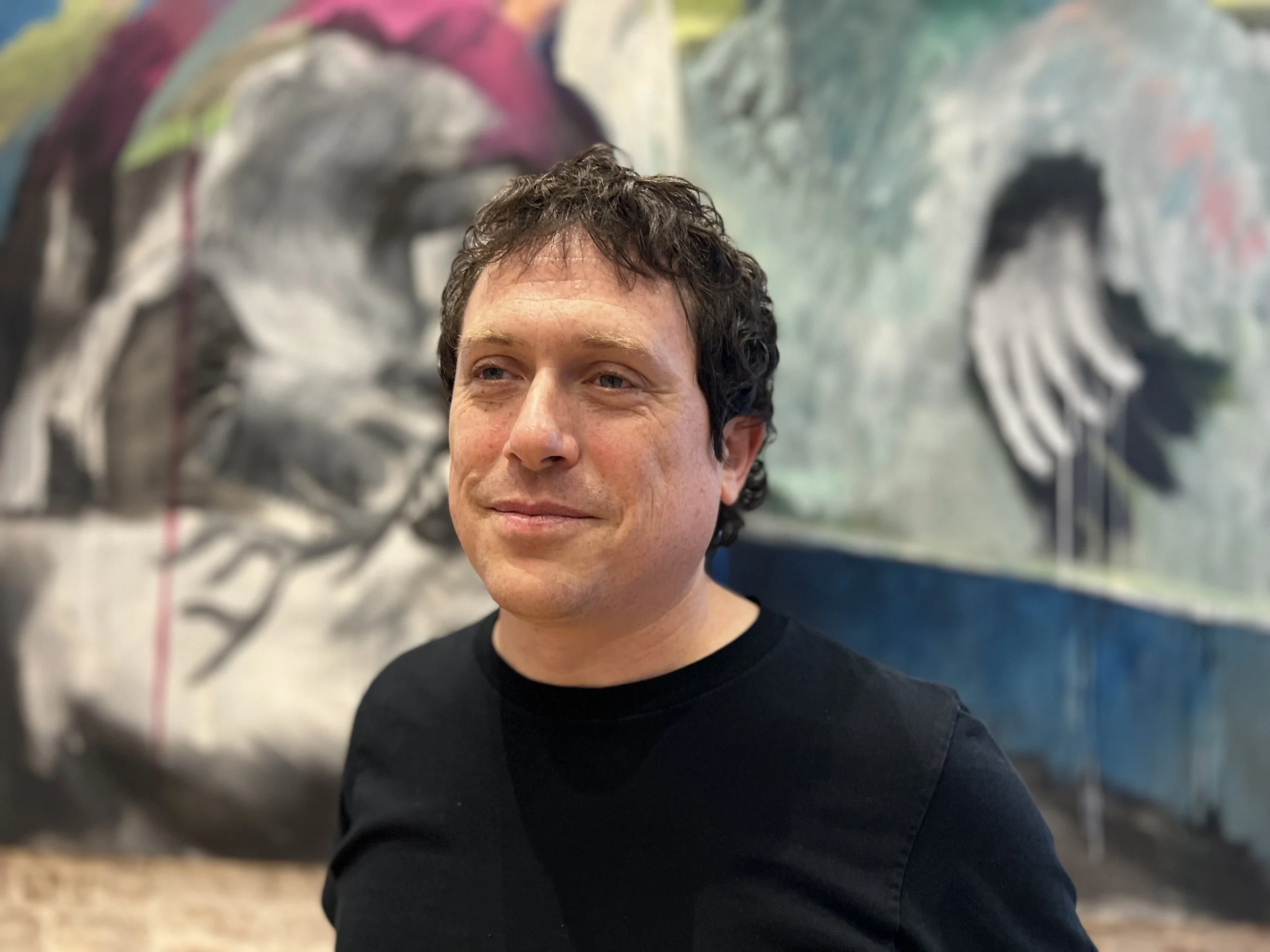Memory Technology and Floppy Disks Check Out Artist Taylor Smith
From her studio in Indianapolis, artist Taylor Smith delves into the realms of technology, popular culture, and consumerism. Drawing on her extensive training in art history and film photography, Smith breathes new life into technologies and imagery that have been left behind. Her work, focused on the possibility of “reimagined life within everyday things,” offers a fresh perspective on familiar objects and cultural icons.
Smith's work explores themes of consumerism, nostalgia, and art history. She reinterprets pop art icons to comment on the fleeting nature of technology, people, and natural resources. Her approach involves appropriation and recontextualization, creating new messages from familiar imagery. Using materials such as discarded computer disk drives, commercial packaging, and found scraps of street advertising, Smith blends screen printing, painting, and collage to produce vibrant, candy-like aesthetics. However, beneath these bright colors lie deeper themes.
Smith's creative process is a meticulous blend of technical skill, and conceptual thinking. She utilizes 3.5" floppy disks, as a metaphor for human memory, nostalgia, and technology. Her process begins with sorting through floppy disks that fit her vision, followed by assembling, layering, painting, and varnishing the final work. Her studies of contemporary art, art history, and film photography have deeply informed her artistic practice, particularly as it relates to her upbringing in Europe during the 80s and 90s. The use of vintage floppy disks as a medium resonates deeply with her personal experiences, particularly her parents' struggles with dementia and memory loss. These obsolete storage devices, transformed into multi-dimensional surfaces, challenge viewers to reflect on the transient nature of memory and the relentless march of technological progress. Each floppy disk in Smith's work symbolizes fragmented, often inaccessible memories, contrasting sharply with the ephemeral nature of digital data and the cloud. Her paintings are a meditation on how we store, recall, and ultimately lose our personal histories. Through this artistic journey, Smith seeks to create a dialogue about the impermanence of memory and the role of technology in shaping our collective consciousness.
In today's digital age, data exists in intangible clouds and vast server farms, contributing to a sense of detachment. The floppy disk, however, embodies a time when technology was more about physical interaction and personal connection. For the artist these disks are cherished historical relics, invoking a sense of nostalgia and warmth for a period when our relationship with technology was more intimate and tangible.
Is there a specific piece or collection of yours that comes to mind when you think about that process of translating emotions and experiences into your work?
One that stands out is a painting I created of an anonymous human face from an old photograph I found. It reminded me of my mother who was dying at the time and suffering from both Parkinson's Disease and dementia. She loved the photo and it inspired me. In this piece, I translated my emotions and experiences of this into a mosaic of hand-painted floppy disks, each carefully chosen and placed to represent fragmented memories. That painting encapsulates the essence of my artistic vision, where each disk symbolizes a lost or fading piece of personal history. Through this work, I hoped to convey the poignant beauty of memories and the inevitable loss that accompanies the passage of time, inviting viewers to reflect on their own experiences with memory and technology.
How do you translate your digital identity in the physical art you produce?
Translating my digital identity into the physical artwork I create involves merging elements of my own online presence, digital experiences, and virtual interactions into tangible, visual expressions. It makes me more acutely aware that I should guard my own online privacy and take safeguards to keep my own personal information private. It has enhanced my overall awareness of what a memory or piece of information means if it is kept only for oneself. By thoughtfully integrating these realizations with the vintage physical materials I also use, I try to create a rich, multi-dimensional piece that authentically represents a digital identity in the physical world.
What is next for you?
After working with vintage technology to engage viewers in the topic of human memory, I think a logical next step could be to expand the exploration of memory and technology into broader themes and mediums. Interactive installations that allow viewers to physically engage with representations of memory could deepen the impact of my work or public artworks.





